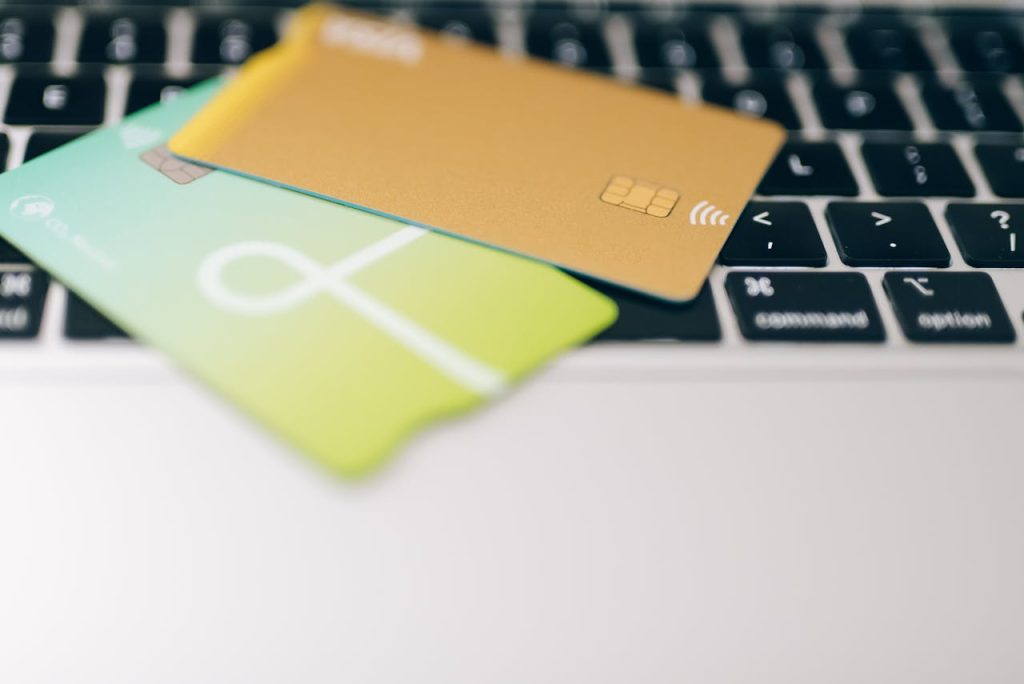In a world that’s rapidly moving toward digital transactions, online payments have become the backbone of commerce. From small businesses accepting UPI payments to global merchants processing credit cards, the convenience of cashless transactions comes with one major caveat: security risks.
Cybercriminals are becoming more sophisticated, and both consumers and businesses need to be proactive about securing their financial data. Whether you’re a high-risk merchant or a casual online shopper, this guide will walk you through essential steps to safeguard your payments.
Why Payment Security Matters
Every time a transaction occurs online, sensitive data—such as card numbers, CVV codes, account credentials, or personal information—is exchanged. If this information falls into the wrong hands, the consequences can be devastating:
- Financial loss
- Identity theft
- Fraudulent purchases
- Chargebacks
- Reputational damage
In high-risk industries (crypto, gaming, adult, etc.), the stakes are even higher due to increased fraud attempts and higher chargeback ratios. This makes security not just a feature—but a necessity.
For Businesses: Securing Your Payment Infrastructure
- Use a PCI-DSS Compliant Payment Gateway
Choose a payment provider that follows the Payment Card Industry Data Security Standard (PCI-DSS). This ensures encryption, secure data handling, and regular audits. - Implement SSL Encryption
Always use an SSL certificate on your website. This encrypts data transferred between your server and the customer’s browser, indicated by the padlock icon in the URL bar. - Enable Two-Factor Authentication (2FA)
Add an extra layer of protection to your admin accounts and payment platforms. 2FA helps prevent unauthorized access, even if passwords are compromised. - Tokenization and Encryption
Use tokenization to replace card details with randomly generated tokens. This way, even if hackers intercept the data, it’s useless without the original mapping system. - Monitor Transactions in Real-Time
Use fraud detection tools that flag suspicious activity like multiple failed attempts, unusual locations, or sudden changes in purchase behavior. - Set Payment Limits and Velocity Checks
Limit the number and amount of transactions per IP address, card, or user in a short time to prevent automated fraud attacks. - Keep Software Updated
Make sure your website, plugins, and payment integrations are regularly updated to fix security vulnerabilities. - Clear Refund and Privacy Policies
Transparent terms reduce disputes and potential chargebacks, which indirectly helps lower fraud risk. - Train Your Staff
Employees handling customer service or backend operations should be trained in data privacy, phishing risks, and safe transaction handling.
For Consumers: Protecting Your Payment Information
- Avoid Public Wi-Fi for Transactions
Never make online payments using public Wi-Fi without a VPN. These networks are often unsecured and can be exploited by hackers. - Use Credit Over Debit
Credit cards offer better fraud protection than debit cards. If a fraudulent charge occurs, your money isn’t directly withdrawn from your account. - Enable Alerts
Set up SMS or email alerts for every transaction. This helps you detect suspicious activity early and report it promptly. - Check for HTTPS
Always make sure the website you’re transacting on uses HTTPS in the address bar. If not, abandon the transaction. - Be Wary of Phishing Links
Don’t click on payment or refund links sent via unsolicited emails or messages. These could be fake sites designed to steal your data. - Use UPI Apps Carefully
In India, UPI apps are widely used—but fraudsters also exploit them. Never share your UPI PIN, and remember: you don’t need to enter your PIN to receive money. - Regularly Monitor Your Statements
Go through your bank and card statements at least once a week. Flag any unfamiliar transaction immediately.
What Omni Payments Does to Secure Merchant Transactions
At Omni Payments, we understand that high-risk doesn’t mean careless. That’s why our infrastructure is built with multiple layers of protection:
- PCI-DSS Level 1 Certified
- End-to-End Data Encryption
- Real-Time Risk Scoring
- AI-Based Fraud Detection
- Rolling Reserve Management to Minimize Exposure
- Sandbox Environment for Safe Integration Testing
We work closely with merchants to create custom fraud rules, settlement cycles, and alerts tailored to the needs of complex industries.
Looking Ahead: The Future of Payment Security
The landscape is evolving, and so are threats. Here are trends businesses and consumers should watch:
- Biometric authentication (face ID, fingerprint) will replace traditional logins
- Behavioral analytics will detect fraud based on how a user types, moves the mouse, or holds a device
- Decentralized identity using blockchain may offer privacy-preserving verification
- Voice commerce and AI bots will create new vulnerabilities and protection challenges
Final Thoughts
Securing your payments is not just a tech issue—it’s a business continuity issue. With digital payments becoming the norm, taking security lightly is no longer an option.
Whether you’re a merchant or a buyer, staying informed, using the right tools, and choosing a secure partner like Omni Payments can make all the difference.
If you’re a business looking for a payment processor that puts security first, contact us at sales@omnipayments.in.

